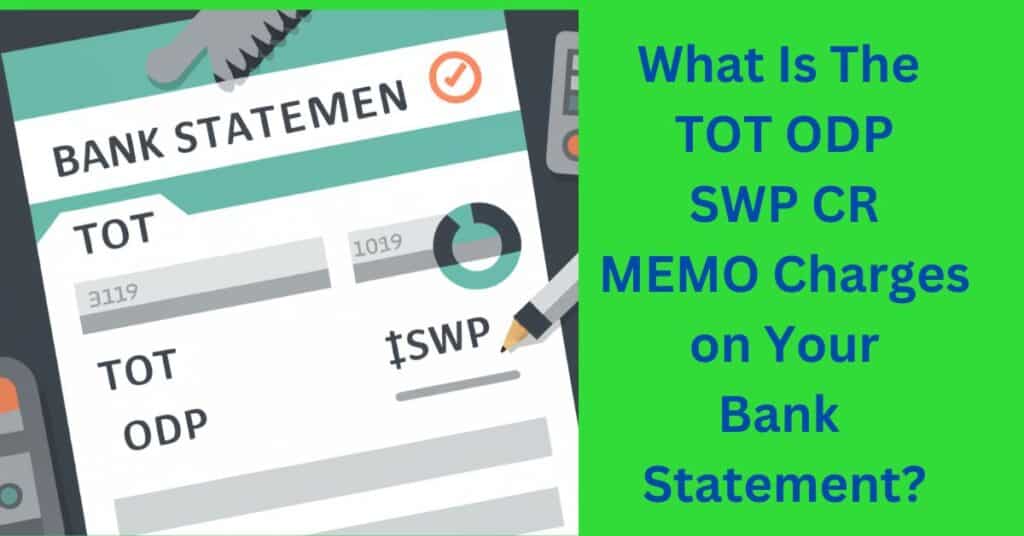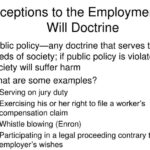The TOT ODP SWP CR MEMO charges on your bank statement refer to transfers made under Chase’s overdraft protection system. TOT signifies a Temporary Overdraft Transaction, ODP stands for Overdraft Protection, and SWP indicates a Sweep of funds between accounts.
CR denotes Credit, indicating money moved into your account to cover a negative balance in your checking account.
Discover how TOT ODP SWP CR MEMO charges on your bank statement protect your finances by covering negative balances, ensuring your payments are processed seamlessly with Chase’s overdraft protection system. Understanding these charges empowers you to manage your accounts effectively and avoid costly fees.
What does TOT ODP SWP DR MEMO mean?
TOT ODP SWP DR MEMO refers to a Temporary Overdraft Transaction (TOT) where funds are transferred from a linked savings account to cover a negative balance in a checking account due to an overdraft (ODP).
SWP stands for Sweep, indicating the movement of money between accounts, and DR signifies a debit or the transfer of funds out of the account. MEMO provides a brief description of the transaction, although it may not be very informative.
This term commonly appears on bank statements when a customer has opted into overdraft protection, allowing the bank to automatically transfer funds to prevent declined transactions and potential fees. Understanding these abbreviations helps individuals navigate their banking transactions and manage their finances more effectively.
reasons you’re seeing tot odp swp cr memo on your bank statement
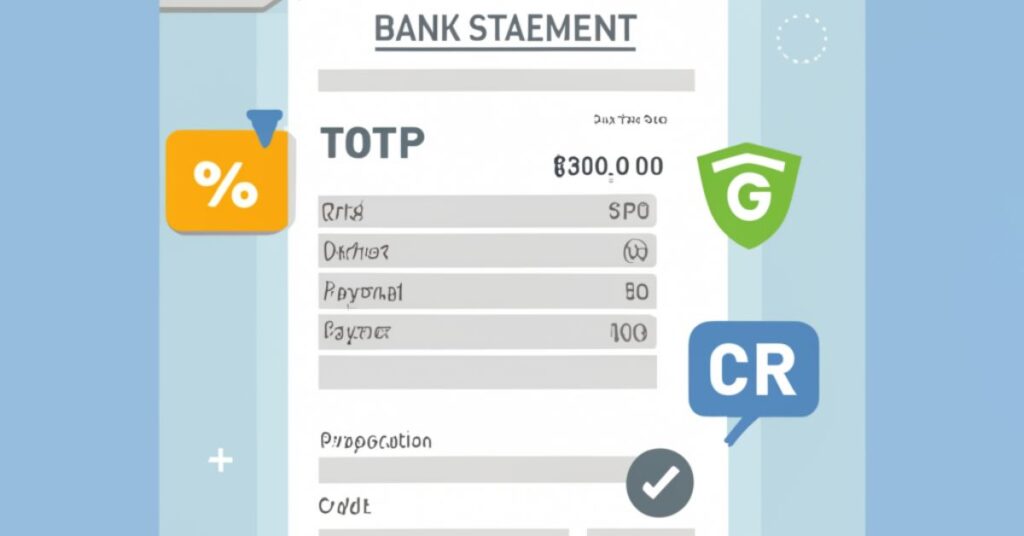
You might be seeing TOT ODP SWP CR MEMO on your bank statement due to various reasons:
ATM Withdrawals: Using an ATM to withdraw cash can lead to this charge if your checking account balance is insufficient.
Debit Card Purchases: Making purchases with your debit card can trigger this charge if it causes your account to go negative.
Checks: Writing checks that exceed your available balance can result in TOT ODP SWP CR MEMO charges.
Bill Payments: Automatic bill payments can lead to these charges if your account doesn’t have enough funds to cover them.
Temporary Deposit Holds: Holds on deposited funds that are later released can cause fluctuations in your account balance, potentially leading to TOT ODP SWP CR MEMO charges.
These transactions are part of Chase’s overdraft protection system, designed to prevent declined payments and ensure smooth banking operations for customers.
Also Read: WHAT ARE CHARTER SERVICES 855-707-7328 MO CHARGES ON YOUR BANK STATEMENT?
Be aware of tot odp swp cr memo variations
It is crucial to be aware of the variations of TOT ODP SWP CR MEMO that may appear on your bank statement:
Variation #1: tot odp swp cr memo
Variation #2: tot odp\swp cr memo
Variation #3: tot odp/swp cr memo
Variation #4: tot odp swp dr memo
Variation #5: pending tot odp\swp cr memo
Variation #6: tot odp\swp dr memo
Variation #7: tot odp/swp dr memo
Variation #8: tot odp
Understanding these variations ensures you can easily identify and interpret the charges on your bank statement without confusion.
| Variation | Description |
| tot odp swp cr memo | Standard variation of the charge |
| tot odp\swp cr memo | Variant with a backslash |
| tot odp/swp cr memo | Variant with a forward slash |
| tot odp swp dr memo | Reflects debit in the transfer |
| pending tot odp\swp cr memo | Indicates a pending charge |
| tot odp\swp dr memo | Reflects debit in the transfer with a backslash |
| tot odp/swp dr memo | Reflects debit in the transfer with a forward slash |
| tot odp | Abbreviated form of the charge |
Top of Form
What to do if you see a tot odp swp cr memo charge
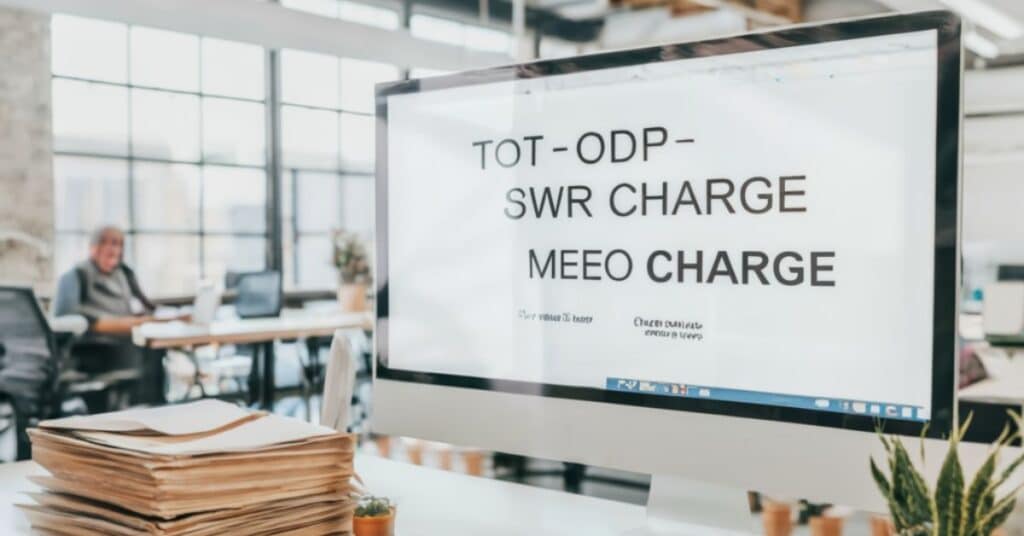
If you see a TOT ODP SWP CR MEMO charge on your bank statement, act promptly by making a deposit to bring your account balance back to positive or less than $50 negative before 11:00pm EST on the same day. This can help you avoid overdraft fees associated with the charge.
Consider setting up automatic alerts on your account to receive notifications about low balances or large transactions, enabling you to take proactive measures to prevent overdrafts. You may also opt out of overdraft protection or choose Chase’s Debit Card Coverage to manage your account according to your financial preferences and needs.
Best apps to help you avoid Chase Overdraft fees
Discover these top apps that can help you avoid Chase overdraft fees:
- PockBox: Borrow up to $2,500 with a simple application process.
- Earnin: Access cash advances of up to $250 with no interest or fees.
- Albert: Get quick cash advances of up to $250 with no credit check required.
- KashKick: Earn extra cash by playing games, completing surveys, and more.
- Cleo: Instant cash advances of up to $250 with no credit check or interest charges.
Use PockBox to Borrow up to $2,500 even if you have bad credit
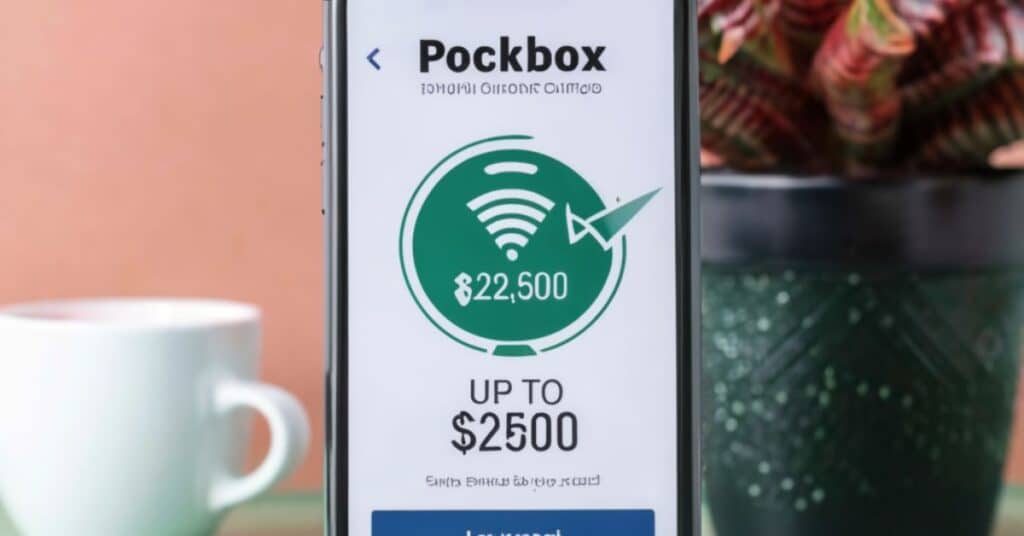
PockBox offers a convenient solution for individuals with bad credit who need to borrow up to $2,500. The application process is straightforward, allowing you to access funds quickly and easily.
Even if you have a less-than-perfect credit score, PockBox provides a reliable option to cover unexpected expenses or financial emergencies without facing excessive hurdles or delays.
Why is Chase making these overdraft transactions?
Chase implements overdraft transactions as part of its services to provide a safety net for customers who may accidentally overspend or have insufficient funds in their checking accounts.
These transactions aim to prevent declined payments, allowing essential transactions like bill payments and debit card purchases to go through smoothly even if the account balance is temporarily low.
Can you avoid overdraft fees from TOT ODP SWP DR MEMO?

Yes, you can take certain steps to avoid overdraft fees associated with TOT ODP SWP DR MEMO charges:
Monitor Your Account: Keep track of your account balance and transactions regularly to avoid overdrawing your account.
Opt Out of Overdraft Protection: Consider opting out of overdraft protection if you prefer not to incur overdraft fees. This means transactions that exceed your account balance will be declined.
Set Up Alerts: Use account alerts to receive notifications when your balance is low or when large transactions are processed, allowing you to take immediate action.
Maintain a Cushion: Keep a buffer amount in your account to cover unexpected expenses and prevent overdrafts.
Use Alternative Funding: Explore options like borrowing from friends or family or using cash advance apps to cover short term financial gaps and avoid overdraft fees.
Also Read: WHAT IS FFNHELP ON YOUR BANK STATEMENT?
Chase Overdraft Limits, Fee and Protection
Chase Bank has specific limits, fees, and protections in place regarding overdrafts:
Overdraft Limits: Chase may approve and pay overdrafts for transactions such as debit card purchases and bill payments, up to the bank’s discretionary limits.
Overdraft Fees: If your account balance goes below zero by more than $50, Chase will charge a $34 overdraft fee for transactions exceeding $5. You can be charged up to three such fees in a day.
Overdraft Protection:Chase offers overdraft protection by linking your checking and savings accounts. When your checking account balance is low, Chase will transfer funds from your linked savings account to cover the overdraft.
Automatic Alerts.You can set up alerts to receive notifications when your account balance is low or when overdraft transactions occur, helping you manage your finances more effectively.
Opting Out: If you prefer not to have overdraft protection, you can opt out of the service. This means that transactions exceeding your available balance will be declined, avoiding overdraft fees.
Understanding these limits, fees, and protection options can help you make informed decisions to avoid or manage overdrafts effectively with Chase Bank.
Odp transfer to checking
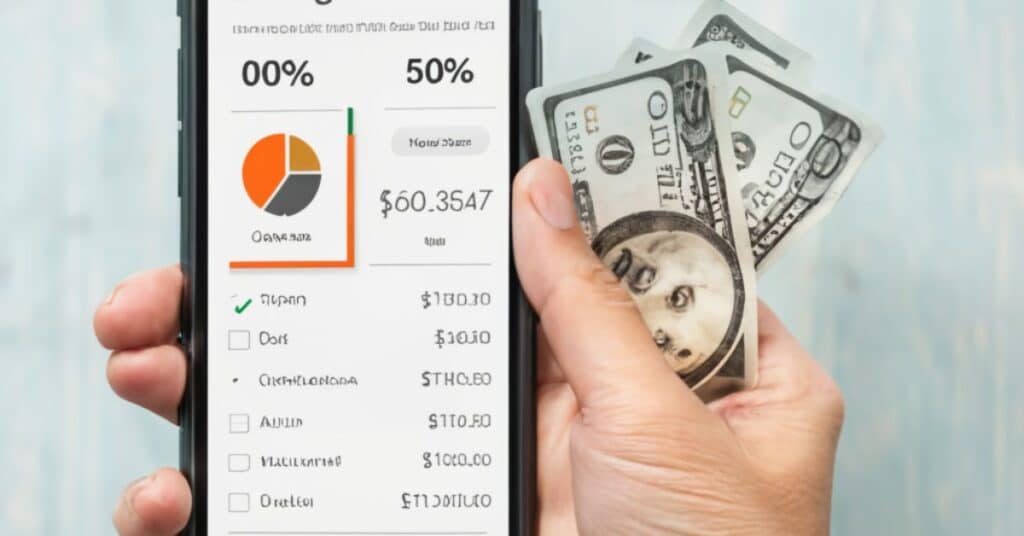
Overdraft Protection (ODP) Transfer to Checking is a service offered by banks like Chase to help customers manage their accounts effectively. When enrolled, this service links your checking and savings accounts together.
If you make a transaction that exceeds your checking account balance, the bank will automatically transfer funds from your linked savings account to cover the shortfall. This helps prevent declined transactions and costly overdraft fees, providing a convenient safety net for your finances.
Frequently asked question
What does ODP transfer to checking mean?
ODP transfer to checking means that funds are automatically transferred from your linked savings account to cover an overdraft in your checking account, helping you avoid declined transactions and overdraft fees.
What is ODP transfer in Chase?
In Chase, ODP transfer refers to the Overdraft Protection service where funds are transferred from a linked savings account to your checking account to cover overdrafts and prevent fees or declined transactions.
How do I withdraw money from my overdraft?
You can withdraw money from your overdraft by depositing funds into your checking account to cover the negative balance, or you can transfer money from a linked account or use cash at a branch or ATM.
How do I close my OD account?
To close your OD (Overdraft) account with Chase, you can contact their customer service or visit a branch and request to close the account. Ensure all overdrafts are cleared and there are no outstanding balances before closing.
What is the minimum balance for Chase checking account?
The minimum balance requirement for a Chase checking account to avoid the monthly fee of $12 is to either maintain a balance of $1,500 at the beginning of each day or have monthly direct deposits of at least $500. Alternatively, you can keep a combined balance of at least $5,000 across your Chase accounts.
summary
TOT ODP SWP CR MEMO charges on your bank statement indicate transactions related to overdraft protection in your checking account. The abbreviation breakdown is as follows: “TOT” stands for Temporary Overdraft Transaction, “ODP” refers to Overdraft Protection, “SWP” signifies a Sweep transfer of funds, “CR” denotes a Credit or money moved into your account, and “MEMO” describes the transaction briefly.
These charges typically occur when your checking account balance goes negative, and Chase automatically transfers funds from your linked savings account to cover the overdraft.
It helps prevent declined transactions and overdraft fees, but you should ensure to replenish the transferred funds promptly. Understanding these charges can help you manage your finances better and avoid unnecessary fees or confusion on your bank statement.

